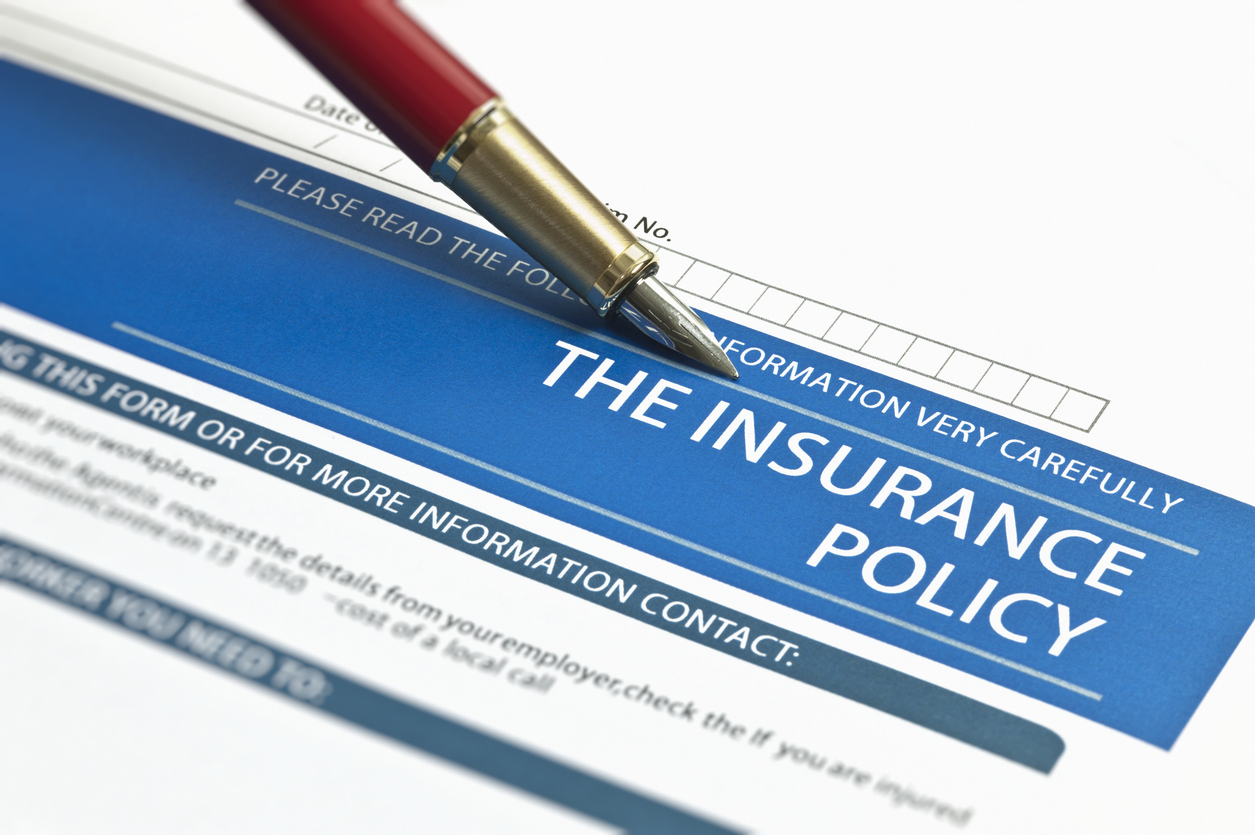The Six E’s
- Extent
- Experienced
- Excluded
- Extra
- Effort
- Enough
The essence of the Six E’s is that insureds may receive benefits to the Extent of the loss Experienced, not resulting from Excluded causes, and also for Extra expenses incurred, provided that Effort is made to reduce the loss and there is Enough insurance purchased.
The Extent of the loss refers to the amount which the policyholder can establish the amount of money can be collected limited by limitations in the policy. The term “actual loss sustained” is one such limitation indicating that the policy places a limitation or ceiling on the amount. Many policies contain a dollar limit or a per month dollar limitation in addition to the actual amount of loss.
The practical determination of the Extent of a loss is based on judgment and often involves forecasting on a theoretical basis.
There can never be a real determination of the amount of the Earnings Stream would have produced had no loss occurred. No one can say what might have happened had operations continued….No one knows for certain and no one can ever know. It must, at best, remain somewhat speculative. One can only make assumptions and come up with an answer which for practical purposes will be accepted…as close to the trust as is possible under the circumstances. As it has been said, forecasting is always difficult.1
The Extent of the loss can also be impacted by the Resumption of Operations clause. This clause calls upon the policyholder to resume operations, whether damaged or not, to the full extent that the damaged property can be used to generate revenue. “Do what you can as if you did not have insurance” is the thrust of this clause.
Experience requires an analysis of what has happened in the past and expected in the future from factors of the past. Certainly, forecasting should include economic macro and micro analysis, government statistics, industry statistics, and most importantly, the insured’s own past data when looking at Experience. Past economic data of the particular business, especially over years, must be considered.
Courts look heavily at past data to determine Experience and prevent assumptions that are too speculative from controlling expected future activity. Usually, past results are trended into the future as a continuing forecast to make as simple a projection as possible. The more future business trends are expected to remain static from past trends and results, the easier the future forecast becomes. The more dynamic experience has been, the more difficult it is to rely on past Experience with future trends of the business. The “probable future experience of the business had no damage occurred” is a clause found in the policy which first starts by looking into past experience and data in whatever form it can be found.
One practice pointer is to ask the policyholder what pro forma and internal forecasts were made prior to the loss. Many successful businesses are constantly forecasting future income streams based on their own past experience and future anticipated experience. Asking for or showing those documents can often show the best expected future experience of the business if no loss had occurred.
Thought For The Day
The belief that all genuine education comes about through experience does not mean that all experiences are genuinely or equally educative.
—John Dewey
_____________________________________
1 Business Interruption Insurance: Its Theory and Practice, p. 91, Nat’l Underwriter Co., 1986.




